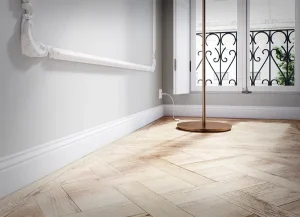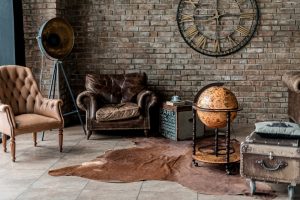
Mixing and matching furniture types is an art that can improve your home design by producing a room that seems both consistent and individual. Mixing several designs will give your home depth and character whether you want modern minimalism, rustic charm, or historical grandeur. Finding balance and harmony is essential so your room doesn’t feel active, cluttered, or disorganized. Following a few basic rules will help you to combine opposing designs and produce a fashionable yet welcoming atmosphere.
1. Establish a Unifying Element
Begin by finding a shared thread linking your items. This could be a finish, material, or color palette. For example, if you’re combining industrial and farmhouse designs, choosing wood tones and metal accents will help to create a cohesive visual flow. Start with neutral hues as a foundation; then add bursts of color to harmonize various furniture designs.
2. Proportions and Scale Balance
Many furniture designs have different shapes and sizes. Concentrate on proportion and scale to keep harmony. Make sure their sizes fit one another so that a large, rustic coffee table goes with a sleek, modern sofa. Avoid crowding large items into a limited area since this could lead a cluttered and fragmented appearance.
3. Use Statement Pieces Carefully
Include unique furniture items that reflect different styles, but restrict them to one or two focus points each area. A vintage console or a daring mid-century armchair can give personality without dominating the area. Maintaining visual attractiveness by balancing statement items with subtle components.
4. Combine Materials and Textures
Combining materials such as metal, glass, wood, and cloth will produce visual depth. For instance, combining a wooden coffee table with a leather couch and metal shelf unit maintains harmony but provides diversity. To reconcile opposing textures, think about including textiles like throws, cushions, or carpets.
5. Maintain a Constant Color Scheme
Mixing various furniture designs calls for a consistent color palette. Choose a neutral foundation with matching colors to produce equilibrium. Accents such as cushions, flowers, or art can add strong colors without overpowering the design.
Successfully mixing and matching furniture styles calls for a combination of inventiveness and equilibrium. These suggestions will help you to develop a balanced area that expresses your character and incorporates many design aspects. Keep in mind that the final objective is to design a house that is distinctly yours, inviting, active, and consistent.







